Industries where brushed DC motors are suitable
1. Robotics and Automation Equipment
Brushed DC motors offer a simple structure and high starting torque, enabling fast and precise motion control in robot joints, handling arms, and other applications.
Their reliable brush power supply ensures stable operation in high-frequency start-stop environments, meeting the durability requirements of industrial automation.
2. Automotive and Transportation Systems
Brushed DC motors are widely used in automotive power windows, seat adjustments, wipers, and electric power steering systems due to their cost advantages and ease of maintenance.
For vehicles like electric bicycles and light electric vehicles, the motor's high efficiency and adjustable speed can enhance vehicle performance.
3. Consumer Electronics
Applications such as household appliances (e.g., vacuum cleaners and fans), portable tools (e.g., electric drills and hand blenders), and toys all rely on the brushed DC motor's low noise and compact size to achieve lightweight products.
The motor's ease of speed control provides greater user flexibility. 4. Industrial Machinery and Pumps
Brushed DC motors provide reliable continuous operation in various drainage pumps, water inlet valves, and small transmissions, making them particularly suitable for applications requiring long operating times and limited maintenance costs.
How to Select the Right Brushed DC Motor?
1. Determine Power and Torque Requirements
Based on the load's maximum operating torque and required output power, select the motor's rated power (e.g., a few watts to several hundred watts) and peak torque to ensure it can meet the load's requirements during startup and operation.
2. Select the Appropriate Voltage and Power Supply Method
Consider the system's supply voltage (e.g., 12V, 24V, 48V, or higher) and match it to the motor's rated voltage to avoid overvoltage or undervoltage, which can reduce efficiency and shorten lifespan.
3. Evaluate Speed Range and Speed Control Method
Confirm the required speed range (RPM) and understand whether the motor supports PWM speed control or other speed control technologies for precise speed control. 4. Check the structure and protection level
Based on the operating environment (such as dust, moisture, or high temperature), select the appropriate housing structure (e.g., open, enclosed, or IP rating) to ensure the motor's reliability under specific operating conditions.


 English
English عربى
عربى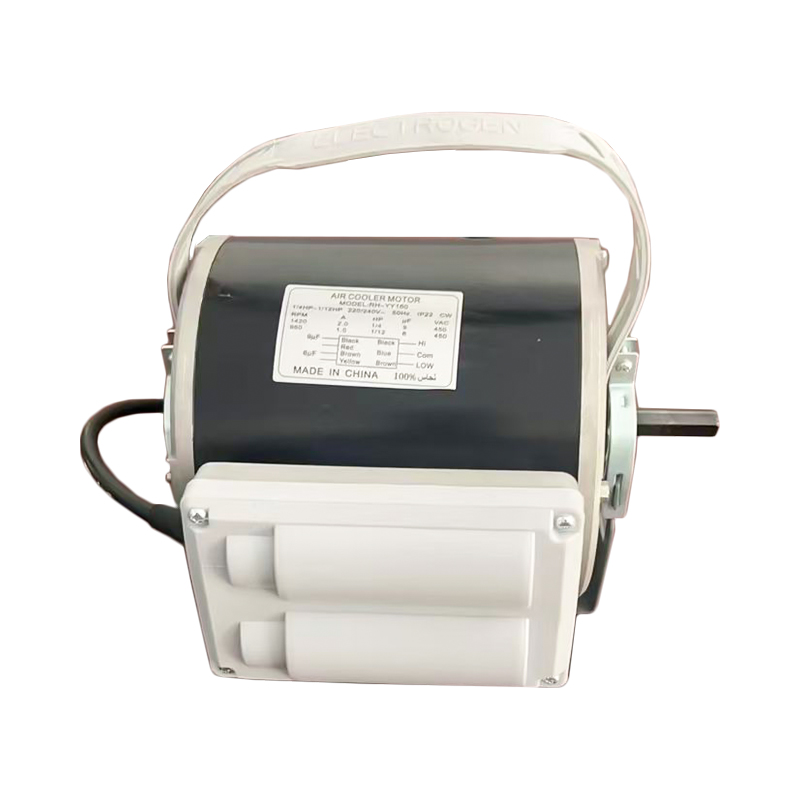
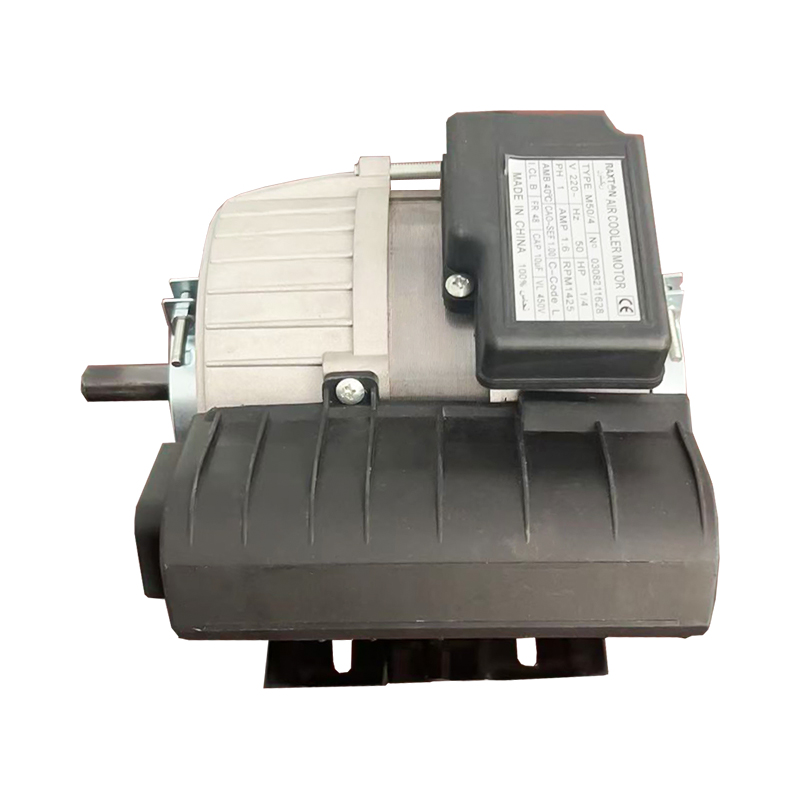
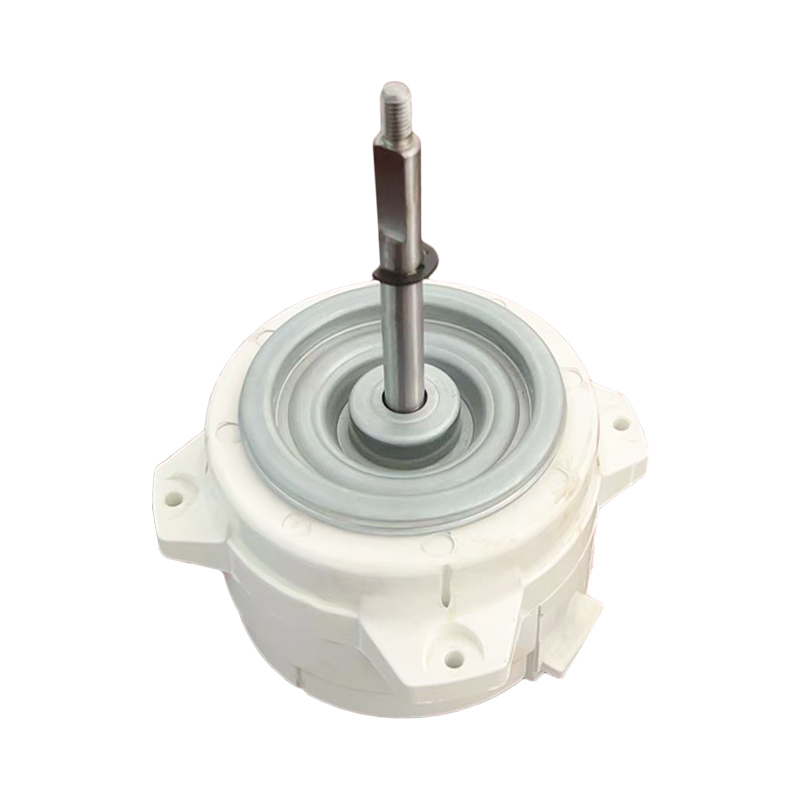

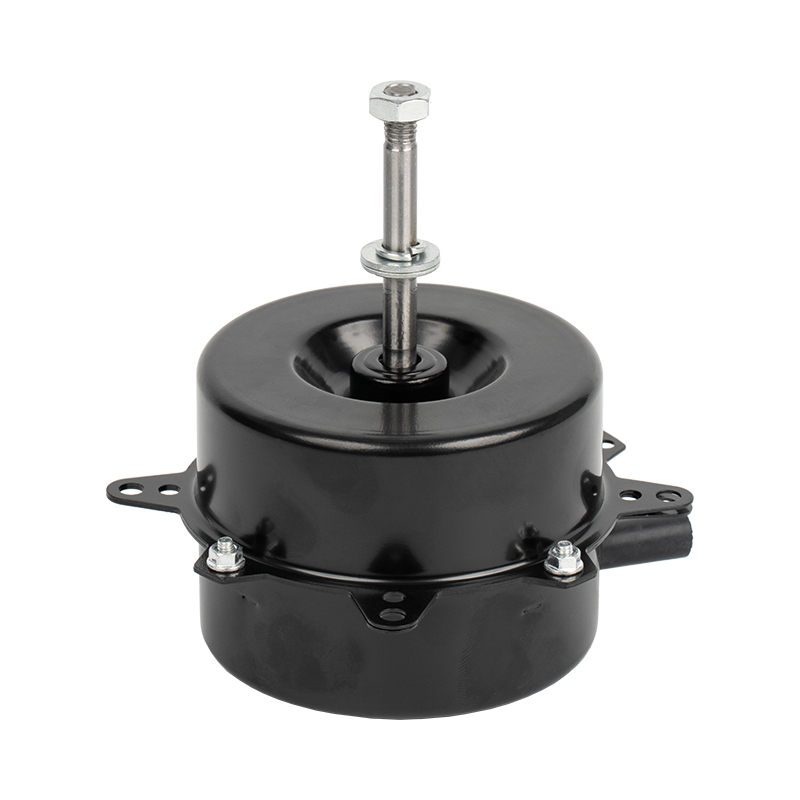
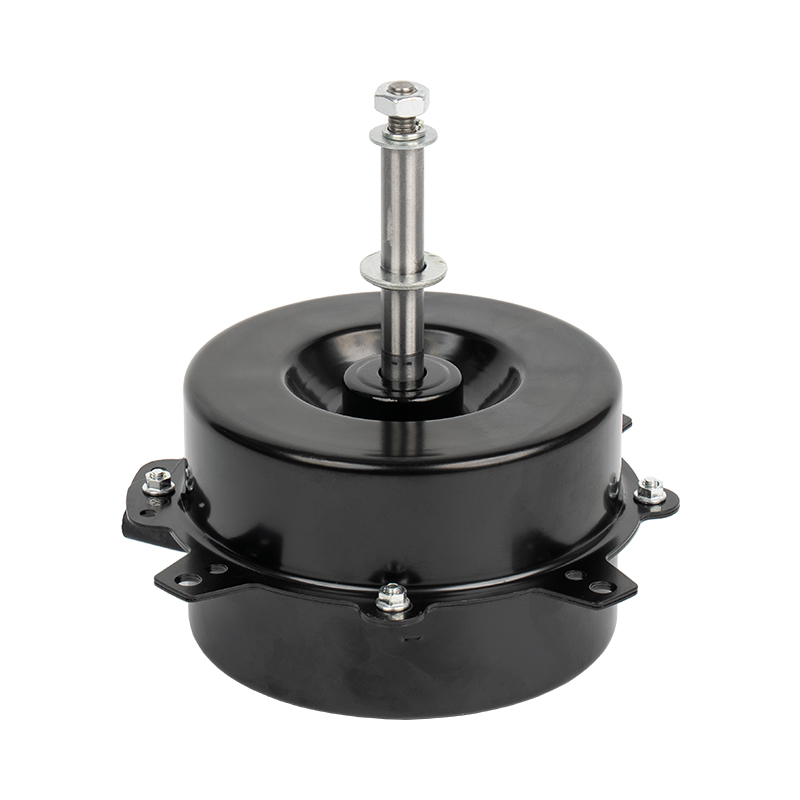
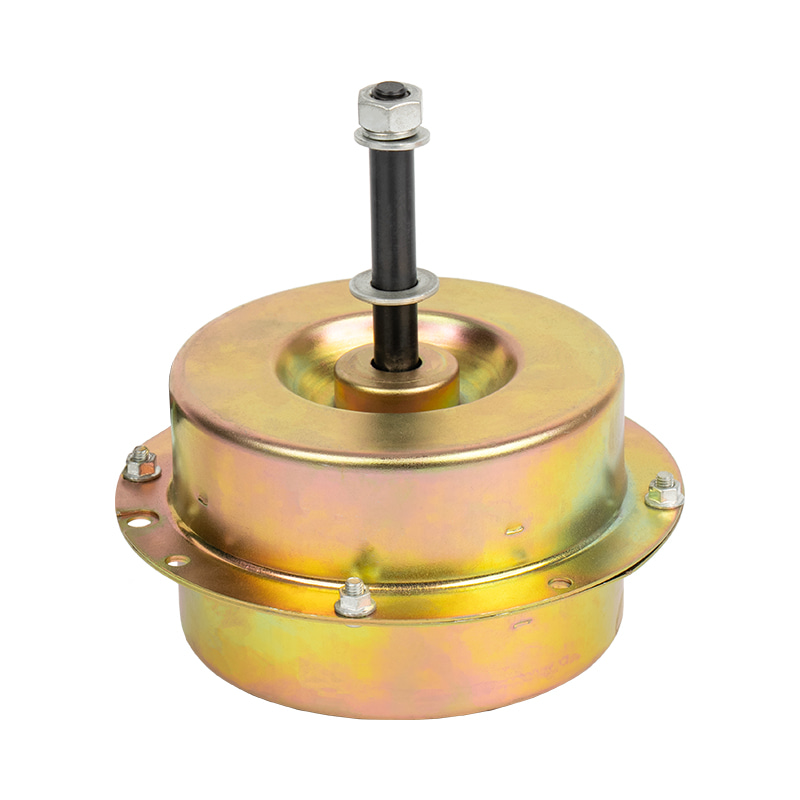
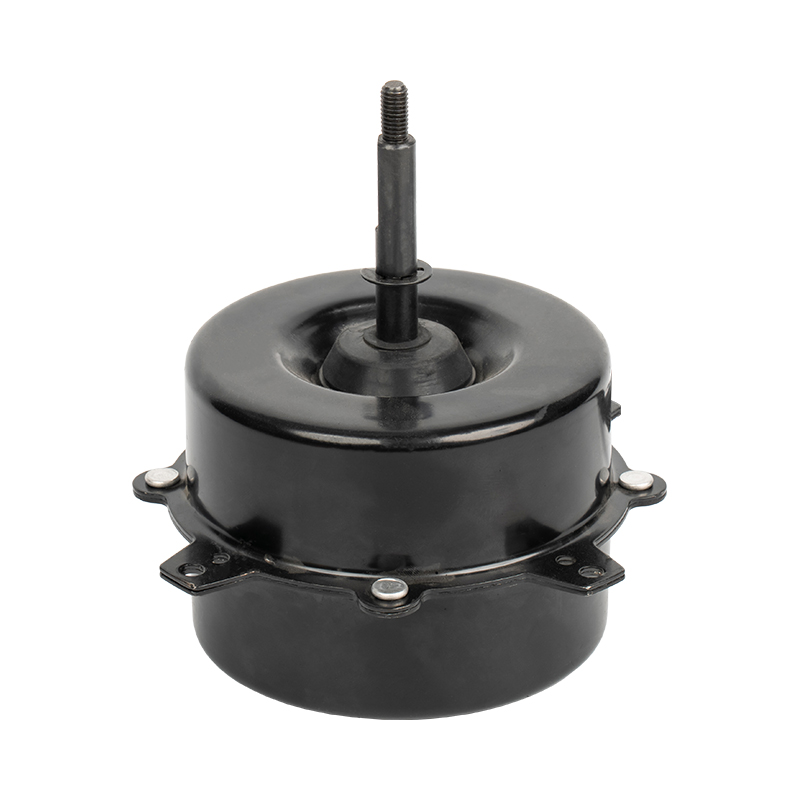
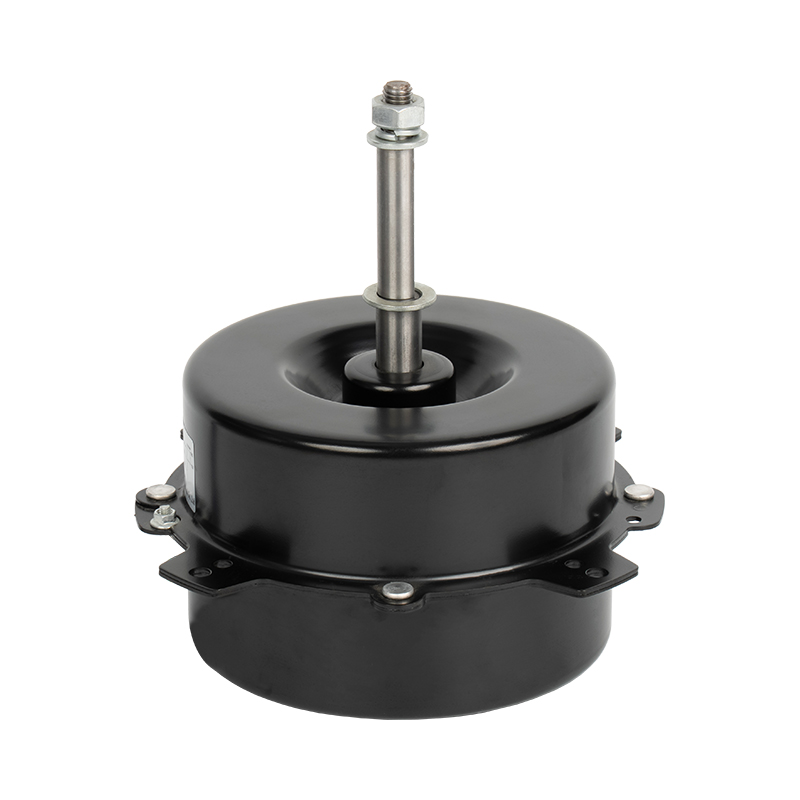
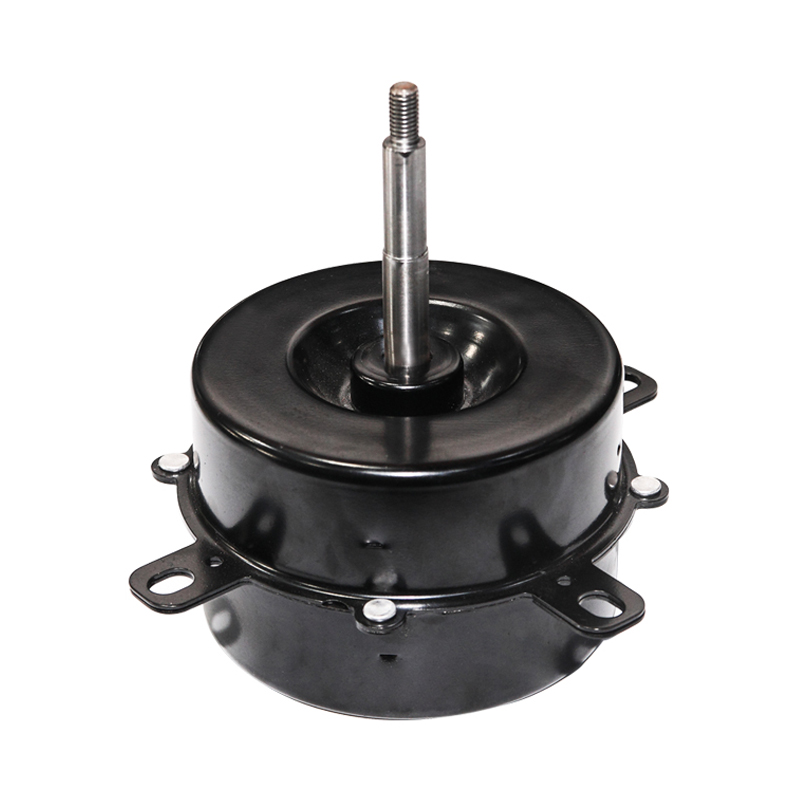
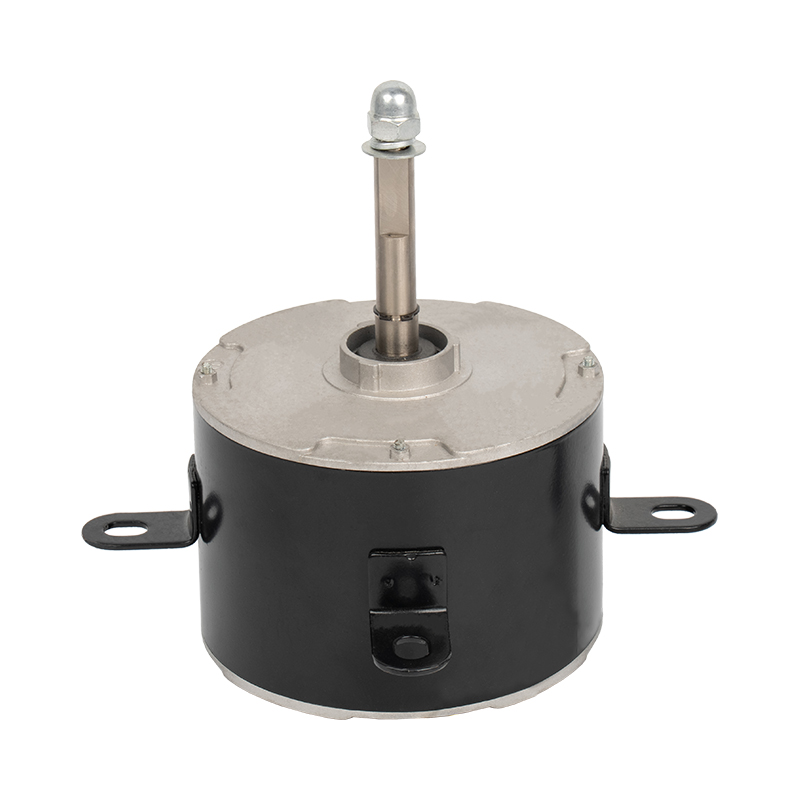



 Home
Home  Tel.: +86-13819807486
Tel.: +86-13819807486 Whatsapp:+86 13819807486
Whatsapp:+86 13819807486 E-mail:
E-mail: 



